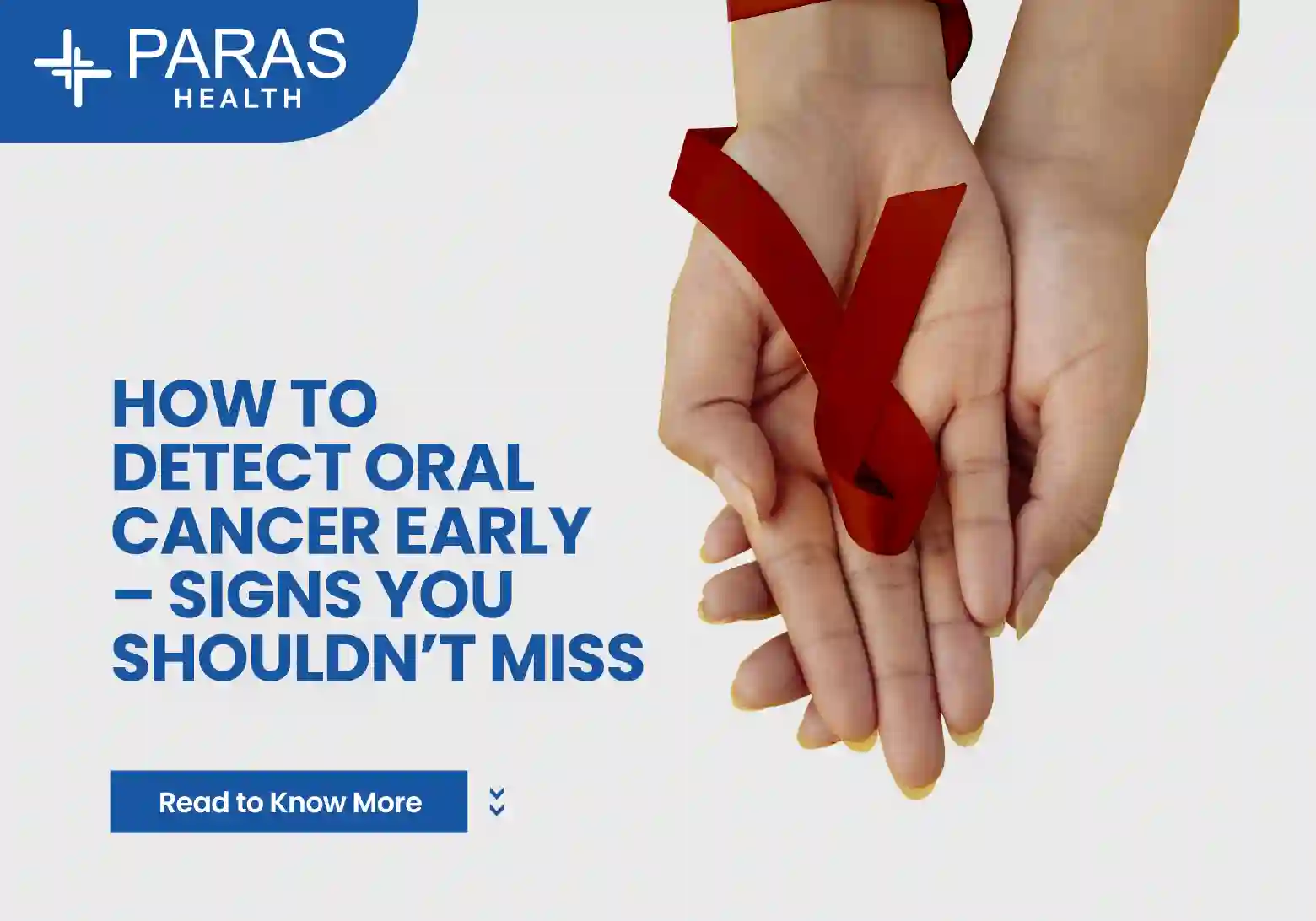Childhood Cancer Symptoms, Risk Factors and Treatment
Apr 19, 2022
While childhood cancer differs from the types of cancer affecting teenagers and adults, strides in modern medicine mean that it can be successfully treated. Additionally, a study published in the Indian Cancer Society, depicts over 50,000 cases of childhood cancer per year, making it a pressing medical concern. Due to this fact, it is best to educate yourself on the illness to quickly detect signs of it in your child and go for further medical help. know more about childhood cancer symptoms and treatment.
What are childhood cancer symptoms?
Unlike with cases in adults, it can get difficult to identify paediatric cancer symptoms. However, if you notice any of the following issues, seek medical help.
- Unexpected and prolonged weight loss.
- Fevers independent of infections.
- Visible paleness, fatigue, and extended exhaustion.
- Lumps in the abdomen, pelvis, armpits, neck, or chest.
- Vision changes and a new whitish appearance in the pupil.
- Bruises or bleeding.
- Headaches and migraines, perhaps accompanied by vomiting.
- Swelling or pain in legs, back, joints, and bones.
- Limping.
What are some childhood cancer causes and risk factors?
The causes of childhood cancer are not easily identified in some cases. Some known risk factors can increase the risk of a child developing cancer, but most children with cancer are not affected by any of the childhood cancer risk factors, whereas many children who are affected by these risk factors do not necessarily develop cancer.
Environmental reasons that can add to childhood cancer causes-
- Accidental radiation exposure
- Passive smoking
- Unhealthy diet
Childhood Cancer Risk factors are-
- Issues with development in the womb
- Some medical conditions
- Child’s exposure to infections
- Child’s exposure to radiation
- Any previous cancer treatments
What are the types of childhood cancer?
The most common types of childhood cancers are-
- Leukemia
Leukemia is one of the most common types of cancer found in children, associated with the bone marrow cells. In this condition, a lot of abnormal, immature white cells are raised. Eventually, these abnormal and immature white cells crowd out the healthy white blood cells, letting bacteria, viruses, and other microorganisms infect the body.
Types of leukemia include:
- Acute lymphoid leukemia (ALL)
- Acute myeloid leukemia (AML)
- Lymphoma
Lymphoma cancer is associated with the immune system. It affects lymphoid tissues that cannot fight against infection. It can also cause different childhood cancer symptoms and treatment, relying on where the cancer is.
Types of lymphomas include:
- Hodgkin disease (or Hodgkin lymphoma)
- Non-Hodgkin lymphoma
- Brain cancer
Cancer is associated with the brain and central nervous system. These cancers arise from the abnormal growth of immature nerve or supportive cells.
There are four groups of childhood brain cancers
- Astrocytomas
- Primitive neuroectodermal tumors
- Brain-stem gliomas
- Ependymomas
- Rhabdomyosarcoma
In Rhabdomyosarcoma cancer, the immature muscle cells grow abnormally, causing swelling and interfering with normal body function.
Two types of pediatric rhabdomyosarcoma are –
- Alveolar rhabdomyosarcoma
- Embryonal rhabdomyosarcoma
- Neuroblastoma
Most commonly seen in younger children, neuroblastoma is a type of cancer of immature nerve cells that originates in the adrenal glands and can appear in the spine, abdomen, chest, or neck.
- Nephroblastoma (Wilms Tumor)
It is the most common type of pediatric renal (kidney) cancer, affecting children aged between 2 and 5 years old. This cancer arises when immature kidney cells grow immaturely. It causes mass deposition on the abdomen and disrupts kidney function.
- Bone Cancer
Primary bone cancers occur most often in teen and older children. It causes painful lumps on the bones, affecting normal bone growth and stability.
Two main types of bone cancers are –
- Osteosarcoma
- Ewing sarcoma
- Thyroid cancer
Thyroid cancer is an abnormal growth of immature thyroid tissue. This cancer disrupts the normal hormone production of the thyroid, further affecting metabolism, blood pressure, heart rate, and body temperature.
How to diagnose childhood cancer?
To test for childhood cancer, there will be a clinical evaluation and diagnosis period to determine the type of cancer and the extent to which it has spread. However, if your child has already detected paediatric cancer symptoms, the process can be sped up.
What are the treatments of childhood cancer?
It is important to note that all treatment varies according to the specific type of childhood cancer symptoms exhibited in the patient. However, common treatment methods include surgery, radiation therapy, immunotherapy, chemotherapy, and stem cell transplants. Eventually, your hospital and doctor will decide the appropriate treatment plan depending on the specific case to find the best route for recovery.
If you are concerned about any childhood cancer symptoms and treatment or would like a precautionary check-up, you can book a childhood cancer consultation with any of our leading oncologist specialist.
Childhood Cancer FAQs
Is childhood cancer curable?
About 70% of childhood cancer are curable with modern therapy. Early detection of the disease helps in curing more cancer cases.
What are the signs of childhood cancer?
- Unexpected weight loss
- Fevers
- Paleness visibility
- Fatigue
- Feeling exhausted
- Lumps in the abdomen, armpits, neck, pelvis, and chest
- Bruises or bleeding
- Headaches and migraines
- Swelling or pain in legs, joints, back, and bones
- Limping
What is the survival rate of childhood cancer?
With the advancement in hi-tech medical technology in recent decades, the survival rate of childhood cancer has been increased by approx. 85%.
How can I prevent my child from getting cancer?
All you can do is try and provide the healthiest and safest life for your child, and this includes avoiding alcohol and tobacco during pregnancy, keeping your child away from secondhand smoke, investing in air filters if you live in a polluted area, and avoiding exposure to cancer-causing chemicals.









